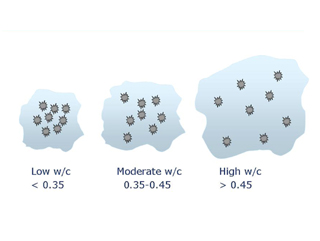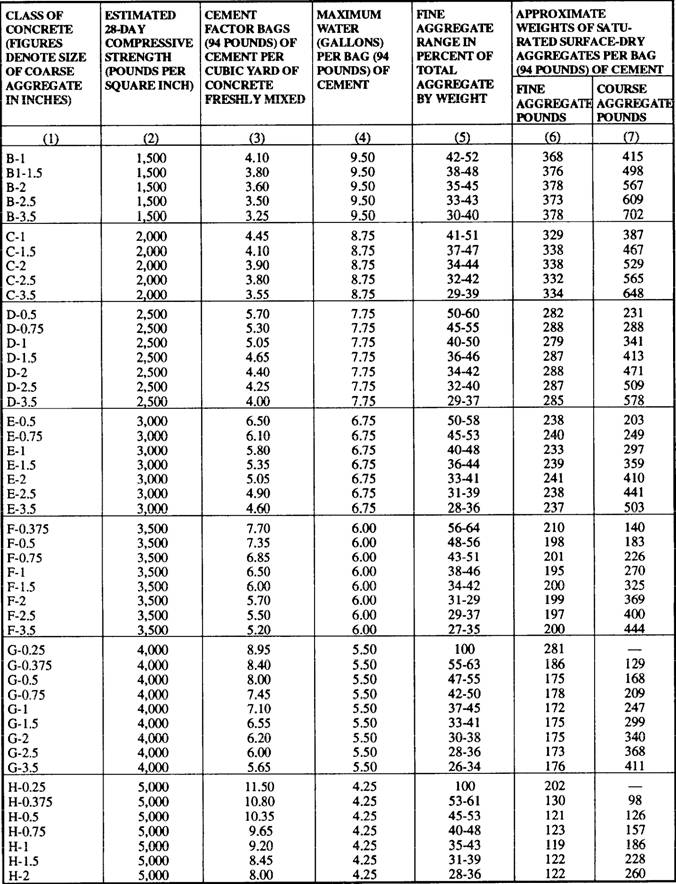

Used for: Pathways and roadways (this is the lowest grade concrete mix that can be used for this purpose). Multi-purpose concrete mix, usually used for foundations.

Also good for workshop bases, garages, driveways and internal floor slabs. Used for: Domestic floors and foundations (where the weight of structure will be lighter). Used for: Pavement kerbs and floor blinding Used for: Patio slabs, pathways and non-structural work

So what can these grades be used for and which is best for the job at hand? Below is a list of a few of the initial concrete grades and what they are best used for. You can see other examples below in the table.Ĭhoosing the right concrete grade for the construction job: For instance, M20 comes in the respective ratio of 1:1:5:3. For instance, C10 has the strength of 10 newtons, C15 has the strength of 15 newtons, C20 has 20 newtons strength and so on.ĭifferent mixes (M) come in various mix proportions of the various ingredients of cement, sand and coarse aggregates. The grade of concrete is understood in measurements of MPa, where M stands for mix and the MPa denotes the overall strength.Ĭoncrete mixes are defined in ascending numbers of 5, starting at 10, and show the compressive strength of the concrete after 28 days. Grades of concrete are defined by the strength and composition of the concrete, and the minimum strength the concrete should have following 28 days of initial construction. Whether you are looking for the right domestic or commercial concrete mix for your construction job, or are just curious about the different grades of concrete and would like to know more, read on to get an understanding of these different types of concrete and their uses, or get in contact today by calling us on 01442 389105 Different types of concrete grades and their uses


 0 kommentar(er)
0 kommentar(er)
